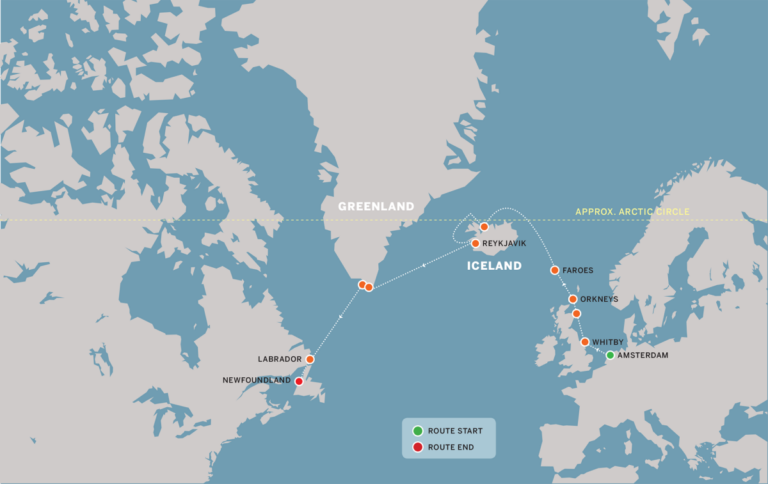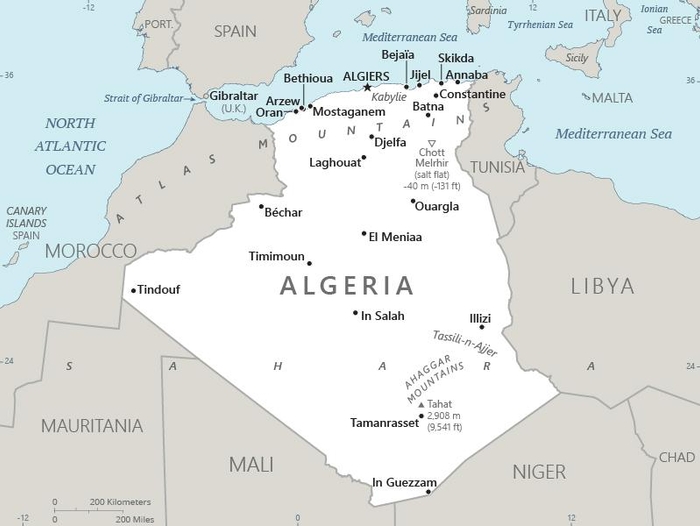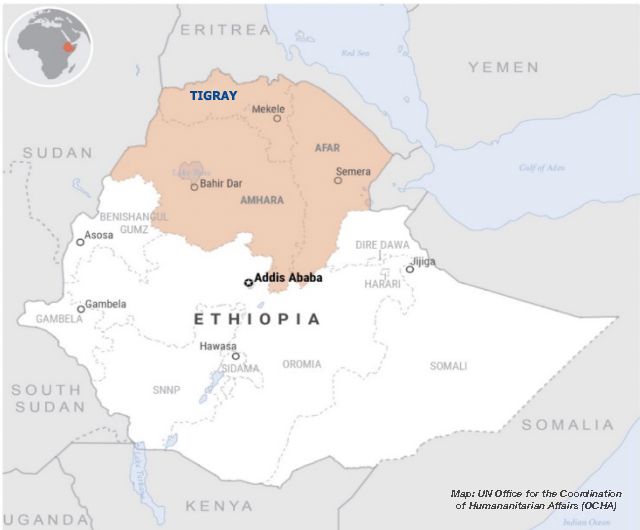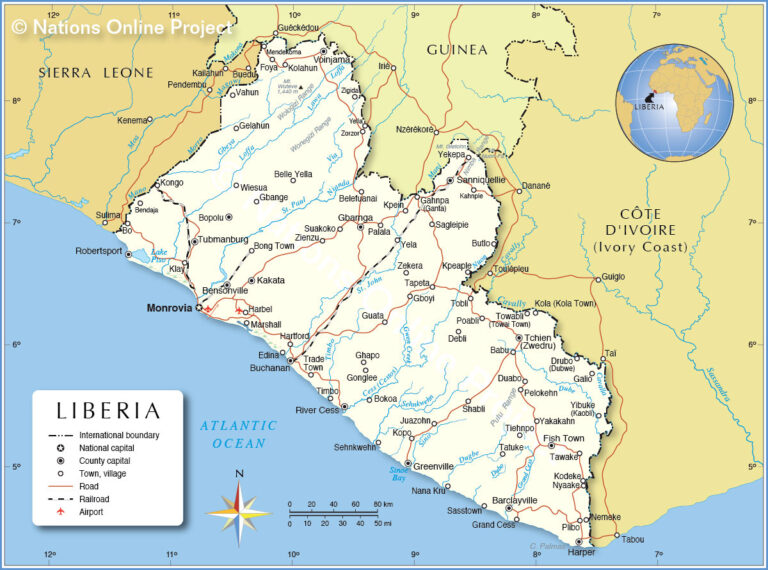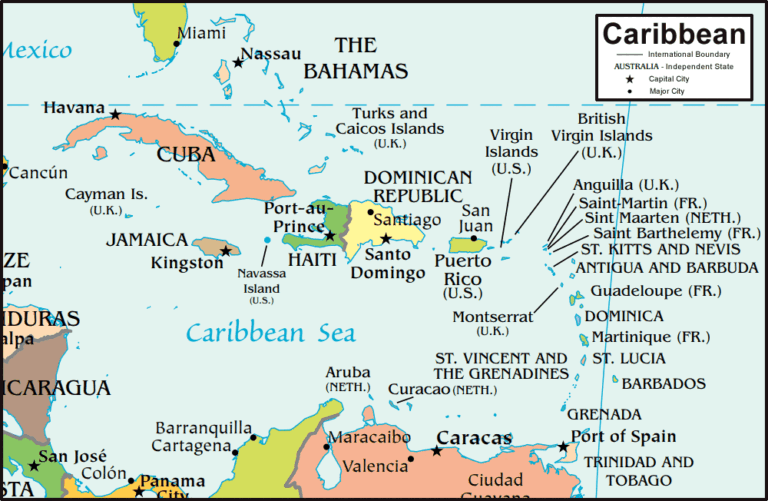South Africa Neighbouring Countries and Southern African Map
South Africa’s Neighbors
Land Borders
South Africa rubs shoulders with a whole bunch of countries: Namibia, Botswana, and Zimbabwe to the north, Mozambique and Eswatini hanging out in the northeast, and Lesotho, which is like that friend who never goes home—totally surrounded by South Africa’s party zone (Britannica). Getting to know South Africa’s neighboring countries is like swiping through its social circle, giving a peek into the good vibes and serious talks that shape its corner of the world.
| Neighboring Country | Direction from South Africa |
|---|---|
| Namibia | Northwest |
| Botswana | North |
| Zimbabwe | North |
| Mozambique | Northeast |
| Eswatini (Swaziland) | Northeast |
| Lesotho | Surrounded by South Africa |
Sharing with Namibia
South Africa and Namibia share a whopping 601-mile handshake across their land. This line was first sketched out back in the day during the 1890 Heligoland-Zanzibar Treaty, because Germany and Britain thought it was a good idea to draw lines in the dirt (World Atlas). The relationship now is all about partnering up on trade, saving the planet, and keeping the peace.
| Border Length (miles) | Country |
|---|---|
| 601 | Namibia |
Borders with Botswana
Then there’s Botswana, neighbor numero uno with 1,223 miles of border. That’s the longest line South Africa’s got with anyone else, which means they have ample space for swapping goods, sharing stories, and building something bigger together (World Atlas). It’s a relationship that zigzags through economy and culture, tying their destinies together.
| Border Length (miles) | Country |
|---|---|
| 1,223 | Botswana |
Taking a closer look at South Africa’s ties with countries like Zimbabwe and Mozambique lets you see how it all fits in the puzzle of regional play. For some other cool border facts, check out our articles on South Korea’s neighbors and Slovakia’s neighboring scene.
South Africa’s Border Lengths
Exploring South Africa’s geographical lines helps us see how it connects with neighboring lands, and why that matters for its local ties and movement of goods. Let’s take a closer look at its boundaries with Botswana and Namibia.
South Africa-Botswana Border
Stretching about 1,223 miles (1,969 kilometers), the line separating South Africa and Botswana is more than just a mark on the map. It’s a gateway for markets and mingling cultures between the two sides. This path plays a major role in both economies, setting it up as a crucial corridor for business and collaboration.
| Feature | Details |
|---|---|
| Total Length | 1,223 miles |
| Checkpoints | Main ones are Tlokweng, Ramatlabama, Groblersbrug |
| Nearby Cities | Gaborone in Botswana, Zeerust in South Africa |
Interested in how this impacts trade? Swing by our piece on south africa neighbouring countries for a deeper dive.
South Africa-Namibia Border
Covering around 601 miles (967 kilometers), the line with Namibia is another key thread for both territories. It seamlessly ties them with roads and vital setups. With its length and landmarks, it underscores the link for peace and friendship in the area.
| Feature | Details |
|---|---|
| Total Length | 601 miles |
| Key Crossings | Includes Vioolsdrift and Nakop posts |
| Special Highlight | The Orange River – a shared lifeline |
Understanding these connections gives insight into how they shape ties and boundaries. Curious about other border stories? Check out senegal neighbouring countries or slovakia neighbouring countries.
By peeking at how South Africa meets Botswana and Namibia at its edges, we get to see a bigger picture of its land and deals, showing why staying friendly with neighbors is more than just formalities.
Importance of Neighboring Countries
Down at the southern tip of Africa, South Africa’s got itself a cushy spot, rubbing elbows with six neighboring countries: Namibia, Botswana, Zimbabwe, Mozambique, Eswatini, and Lesotho. This lucky location plays a big role in different parts of its growth and richness Britannica.
Economic Ties
The wallets of South Africa and its neighbors are pretty much in cahoots, looking to get bigger and fatter together. This setup makes life a whole lot easier for trading, job-hunting, and buddying up in the region.
-
Trade: Good pals like Botswana, Namibia, and Zimbabwe do a lot of swapping. They send over shiny rocks and veggies to South Africa, and South Africa ships back high-tech gizmos and whatnot. This chit-chat of goods keeps everyone’s economy humming along nicely.
-
Transportation: If you’ve ever been on a long road trip, you know just how important a smooth highway is, and South Africa’s got some slick road and train tracks running to its neighbors. They make moving stuff and folks around a breeze, which definitely ups the ante for trade and tourism. For a peek at the hiccups along the way, check out our article on Transportation Industry Issues.
-
Labor Mobility: Lots of folks from nearby nations pack up and head to South Africa looking for greener pastures job-wise. This flow of workers keeps things fresh and adaptable in the job market.
Environmental Collaboration
Preserving Mother Nature is a group effort over in Southern Africa, with countries rolling up their sleeves to keep natural goodies in tip-top shape.
-
Water Resources: H2O is life, and South Africa and nearby nations share loads of it, including river wonderlands like the Cubango-Okavango River Basin. Together, they make sure these water sources stay helpful and wholesome for everybody American Academy of Arts & Sciences.
-
Wildlife Conservation: Setting up Transfrontier Conservation Areas (TFCAs) across borders ensures critters can wander freely and stay safe while boosting ecotourism.
-
Climate Action: Teamwork makes the dream work when facing climate change. By pooling their resources, the countries work on beating climate issues and pushing renewable energy ideas.
South Africa’s connections to its neighboring countries run deeper than just sharing backyards. The joint economic and environmental projects help keep the regional lights bright and steady. For more tidbits on the neighbors, check out articles on Senegal’s neighboring countries and Somalia’s neighboring countries.
South Africa’s Economic Scene
Mixed Bag of Opportunities
South Africa’s got quite the economic mix going on, covering everything from mines and factories to farms and service jobs. This gives the country a leg up when global markets start to wobble, opening up a bunch of ways to grow. Some of the big-name companies here aren’t just sticking around; they’re out there making waves worldwide, keeping South Africa in good standing both in Africa and beyond.
Check out how different sectors stack up in terms of GDP:
| Sector | Contribution to GDP (%) |
|---|---|
| Services | 62.8 |
| Industry | 31.5 |
| Agriculture | 2.5 |
| Mining | 3.2 |
This mix acts like a financial cushion, softening the blow from outside economic tremors. Leveraging its rich natural resources and key location keeps South Africa’s economy both steady and on the upswing.
Money Matters
When it comes to banking and finance, South Africa hits the big leagues. The World Economic Forum says its financial game ranks second globally. That speaks volumes about the country’s solid regulatory rules, slick financial setup, and big-shot financial institutions.
| Financial Indicator | Global Ranking |
|---|---|
| Financial Sectors | 2nd |
The solid financial backbone here draws investors from afar, fueling economic gains. With a top-tier bank system and a buzzing market, South Africa stands as a go-to financial spot in Africa.
Dive into how nearby countries stack up by checking the financial scoop in Saudi Arabia’s neighbors and Senegal’s neighbors.
South Africa’s varied economic activities and high-flying financial services are key to its economic vibe, majorly boosting its steadiness and growth in the area.
Challenges and Concerns
Economic Forecast
Times have been tough for South Africa’s economy recently. Things barely moved in 2016, with growth sitting at a tiny 0.1%, and things weren’t much better in 2017—just reaching 1% according to the International Monetary Fund. This sluggish performance could bring back the per capita income levels folks were dealing with back in 2010.
| Year | Projected Growth |
|---|---|
| 2016 | 0.1% |
| 2017 | 1.0% |
South Africa’s financial health is getting tossed around by all sorts of influences. From the outside, China’s economic shifts are causing ripples. On the home front, there’s the grip of severe droughts and some head-spinning changes at the top, raising eyebrows over who’s in charge and what they plan to do about it (IMF).
For the curious, there’s a deeper dive into how this economic situation is mapping out and what’s going on with its economic connections with nearby nations.
Transportation Industry Issues
The transportation game in South Africa ain’t a level playing field. Unlike other places where hustle and grit can help folks get a foot in the door, here, the taxi and bus services are locked up tight by long-standing cartels. These cartels are like fortress walls, blocking newbies from entering the arena and engaging in fair competition (IMF).
| Issue | Description |
|---|---|
| Competition | Tough elsewhere, but stifled here |
| Barriers to Entry | High, thanks to cartels |
| Opportunities | Scarce for newcomers |
Thanks to these gatekeepers, fresh faces struggle to break into the scene, unlike the more welcoming transport sectors in other parts. For a closer look at the pains in South Africa’s transport lanes, check out our talk on transportation industry issues.
Getting a handle on these bumps in the road helps folks get the lay of the land regarding South Africa and its surroundings.

